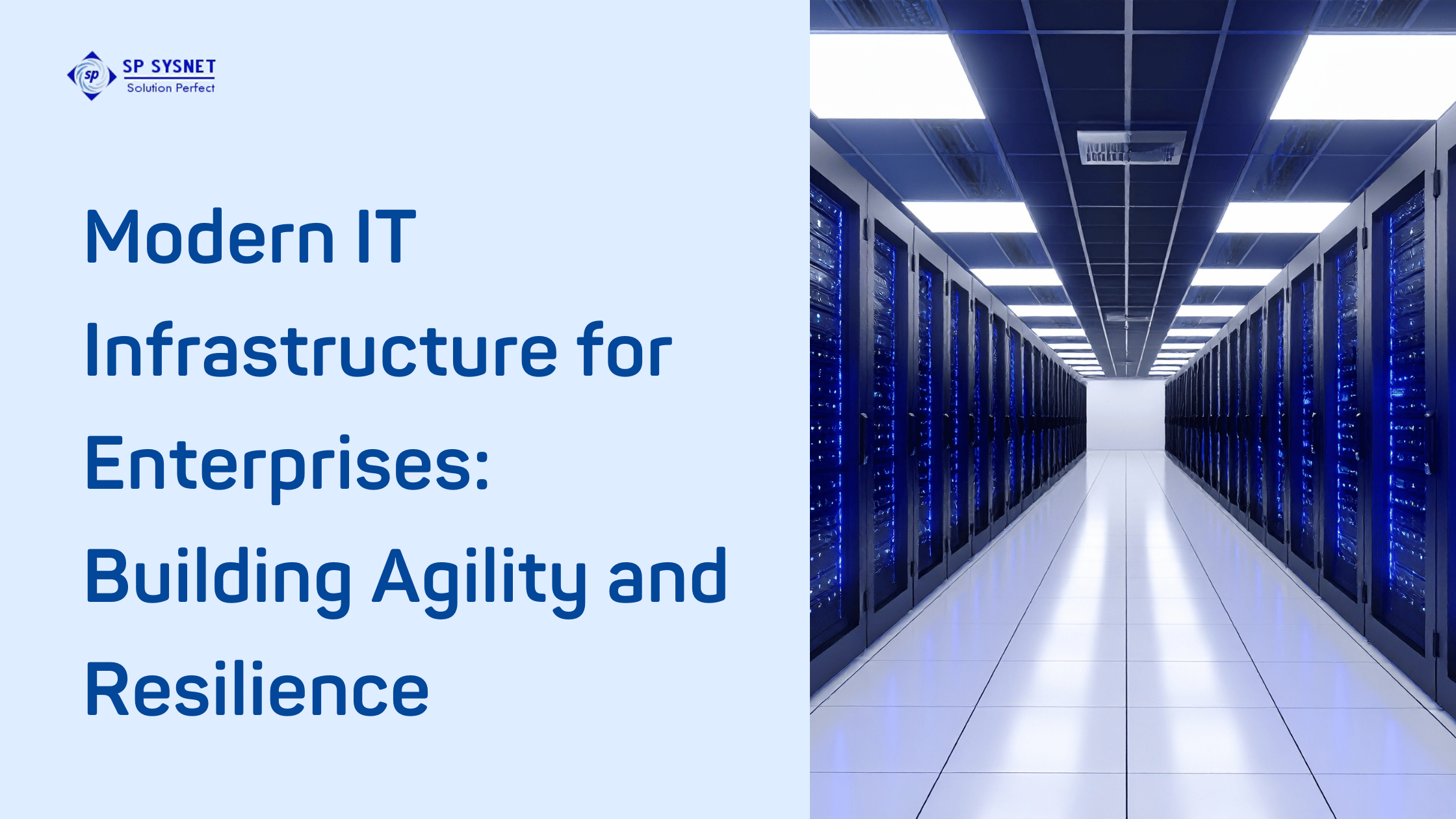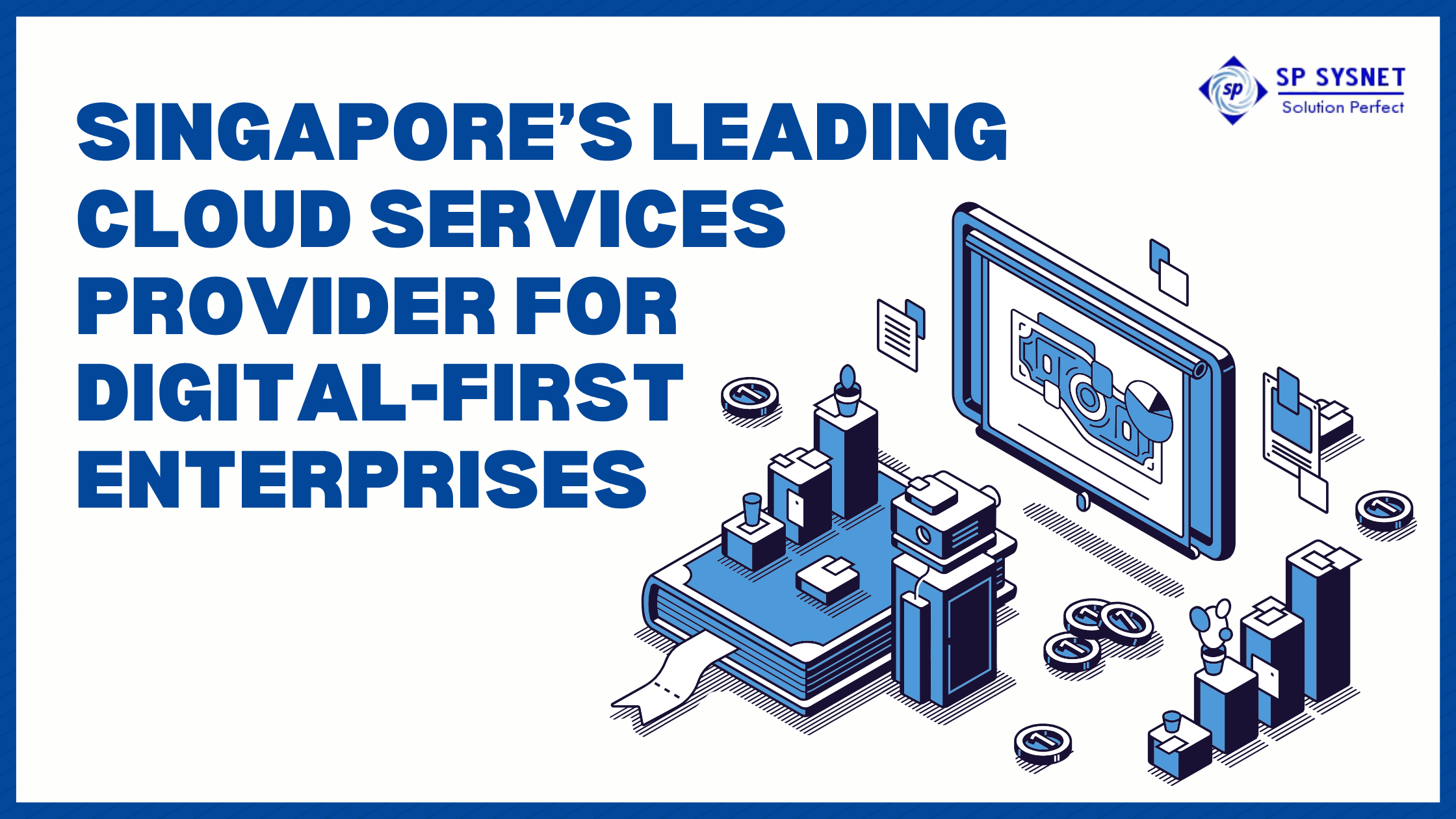As businesses expand across markets and embrace digital transformation, having a strong foundation of IT infrastructure for enterprises has become essential. Modern enterprises rely on technology to deliver seamless operations, improve customer experiences, and maintain business continuity. Traditional systems that once supported basic operations are no longer sufficient to handle the complexities of modern workloads, multi-cloud environments, and real-time data needs. This shift has pushed organizations to rethink how they design and manage their infrastructure—focusing on agility, scalability, and resilience.
An agile infrastructure enables enterprises to adapt to changing market conditions without disruption. Whether it’s scaling up resources during peak demand, supporting hybrid work environments, or integrating emerging technologies like AI and automation, businesses today need infrastructure that can evolve quickly. The foundation of this agility lies in virtualization, cloud computing, and advanced networking capabilities that empower organizations to deploy and manage services more efficiently than ever before.
Building Resilience Through Cloud and Hybrid Models
Resilience is another critical aspect of modern IT architecture. In a business environment where downtime can cost millions, ensuring uninterrupted services has become a top priority. Enterprises are increasingly shifting toward hybrid and multi-cloud environments to minimize single points of failure. These models allow businesses to distribute workloads across multiple platforms, ensuring that if one system fails, operations continue seamlessly elsewhere.
The cloud has revolutionized the way companies approach infrastructure by introducing flexibility and cost efficiency. It offers on-demand access to computing resources, allowing enterprises to scale as required. Meanwhile, on-premises systems still play an important role, especially in industries that handle sensitive data or have strict compliance requirements. The hybrid model, combining both cloud and on-premises setups, gives enterprises the best of both worlds—flexibility, control, and security.
Moreover, disaster recovery and backup solutions have become more intelligent and automated. Enterprises can now replicate critical data across locations in real-time, ensuring rapid recovery during system failures or cyber incidents. Such practices not only protect against losses but also strengthen the organization’s reputation and trust among customers.
Automation and AI: Driving Smarter Infrastructure Management
Another defining characteristic of modern IT infrastructure for enterprises is the integration of automation and artificial intelligence. Automation tools help IT teams manage complex systems efficiently, reducing the need for manual intervention in repetitive tasks. This not only increases operational efficiency but also minimizes the risk of human error.
AI-driven analytics are also transforming infrastructure management. Predictive insights enable organizations to identify potential issues before they disrupt operations. For example, AI can monitor network performance and alert administrators to irregularities, allowing proactive maintenance rather than reactive fixes. This results in higher uptime, improved performance, and optimized resource utilization.
Furthermore, automation supports continuous integration and continuous delivery (CI/CD) pipelines—crucial for enterprises that develop software or digital products. This enables faster deployment cycles and ensures that new updates or features reach customers more rapidly without compromising quality or stability.
Cybersecurity as a Core Component of Modern Infrastructure
As digital systems become more interconnected, the risk of cyber threats has multiplied. Building a resilient IT ecosystem means embedding cybersecurity at every level of the infrastructure. Enterprises must adopt a zero-trust approach, ensuring that every user, device, and application is verified before gaining access to critical resources.
Modern security frameworks now include endpoint protection, real-time threat detection, and AI-based monitoring systems. These solutions continuously analyze network traffic to identify unusual patterns, helping prevent potential breaches. Data encryption, secure access controls, and compliance management tools further strengthen the enterprise defense mechanism.
Additionally, as more organizations embrace cloud-based systems, securing multi-cloud environments has become a major concern. Cloud security solutions, such as identity and access management (IAM) and security information and event management (SIEM), provide enterprises with greater control and visibility over their data and applications.
Sustainability and the Future of Enterprise IT Infrastructure
Sustainability has emerged as a key focus area for enterprise infrastructure strategies. Companies are now adopting energy-efficient hardware, optimizing server utilization, and exploring green data centers to reduce carbon footprints. Virtualization and cloud computing also play significant roles in improving energy efficiency by maximizing resource usage.
The future of IT infrastructure for enterprises lies in adaptive, self-healing systems that can automatically scale and recover from disruptions. With advancements in edge computing, businesses can process data closer to the source, reducing latency and improving real-time decision-making. The integration of 5G technology further enhances connectivity, enabling faster and more reliable communication between devices and systems.
Enterprises are also moving toward Infrastructure as Code (IaC), where infrastructure is managed and provisioned through software. This approach enhances consistency, reduces manual errors, and accelerates deployment—further improving the agility of enterprise operations.
Conclusion
The evolution of IT infrastructure is redefining how enterprises operate, compete, and grow. Agility, resilience, and intelligent automation have become the new standards for success in a digital-first world. A modern infrastructure not only ensures operational efficiency but also builds the flexibility needed to adapt to evolving technologies and market demands.
To achieve this transformation, partnering with an experienced IT infrastructure services provider can make a significant difference. These providers bring expertise in designing scalable systems, integrating cloud environments, and implementing robust security frameworks. For enterprises aiming to enhance performance, security, and innovation, SP Sysnet stands out as a trusted partner delivering advanced infrastructure solutions that empower businesses to thrive in the digital era.







